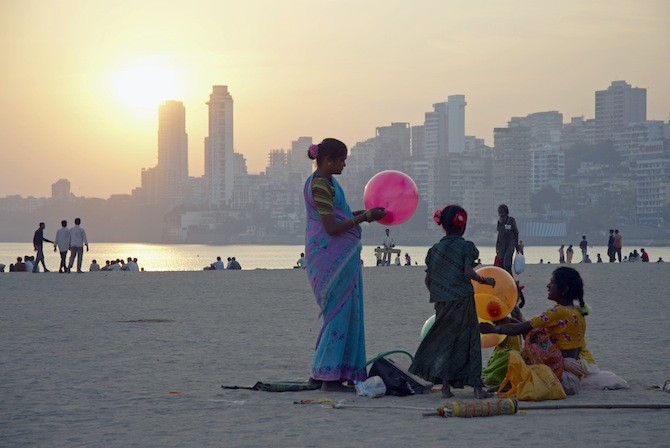Emerging Markets Investing in India US News
Post on: 22 Май, 2015 No Comment

Narendra Modi has renewed hope that the Indian economy will improve, but it still has a long way to go.
Narendra Modi, India’s newly elected prime minister, is experiencing a moment reminiscent of the early days of Barack Obama’s presidency, some watchers of Indian politics say. There is a general feeling of optimism that Modi can get things done despite a slow, choked bureaucracy and improve the country’s economic fortune.
India’s new Prime Minister Narendra Modi in New Delhi on May 27.
Moreover, Modi’s Bharatiya Janata Party won the majority for the first time in 30 years. “He has great political capital, and there are incredible expectations for him. All of these people have projected their hopes and aspirations onto him,” says Sandeep Dahiya, an associate professor of finance at Georgetown University.
Indian stocks rose to all-time highs on June 6, with Reliance Infrastructure and engineering company Larsen & Toubro among the top performers. In May, the MSCI India index gained 7.35 percent over the prior month. After such a big rally in Indian stocks, the question for investors is: Can Modi meet those expectations? Financial institutions and companies considering expanding overseas are watching closely to see if his record of improving the business climate in Gujarat as chief minister will carry over to the national economy.
Nicholas Smithie, chief investment strategist at Emerging Global Advisors, says Modi is more likely to tackle major obstacles such as a poor infrastructure than previous prime ministers. “The difference in this case is that this time, there was a landslide majority for the first time in 30 years. It’s a mandate to change the status quo,” Smithie says.
Health of the economy. India is facing dual headwinds of slowing growth and high unemployment. India’s gross domestic product grew 4.7 percent in the 2013-2014 fiscal year, missing the official government estimate of 4.9 percent. Smithie says the GDP needs to grow faster to employ the country’s large population of young people. India has to grow at 6 percent to produce enough jobs to get new entrants employed, he says. By contrast, China’s GDP grew 7.7 percent in 2013.
Unemployment is fairly high in the 15-to-19 and 20-to-24 age groups across sexes, according to the Indian government’s 2009-2010 data. Urban men ages 20 to 24 had an unemployment rate of 9.7 percent. That cohort matters because in contrast to many western nations, India is a nation of young people. In fact, 28 percent of India’s population is 10 to 24 years old, according to 2013 data from the Population Reference Bureau, a nonprofit based in Washington, D.C.
“The big challenge is for India to get its growth mojo back. You just can’t have those unemployed and millions entering the workforce,” Dahiya says.
The hope is that Modi will make this issue a priority. Sumit Ganguly, a professor of political science at the Indiana University School of Global and International Studies, says Modi’s record in Gujarat shows that he isn’t overly concerned with economic inequities, but that doesn’t mean he won’t address unemployment. “He may address it by focusing on employment generation. If he can get [domestic investors] to invest, that generates a lot of employment, and then you don’t need redistributive policies,” Ganguly says, referencing taxes on the wealthy and expansion of current social safety nets.
Investing in India. Investors have been rewarded for investing in India over the past year. The MSCI India index gained 19.6 percent over the past year through May 30, compared with a 9.4 percent return for the MSCI Emerging Markets index during the same period.
Investors may have already priced in Modi’s election, but investments in India are still relatively cheap compared with other emerging market countries, Smithie says, noting that investor-friendly reforms are further along in India than in other popular markets like the Philippines or Mexico.














